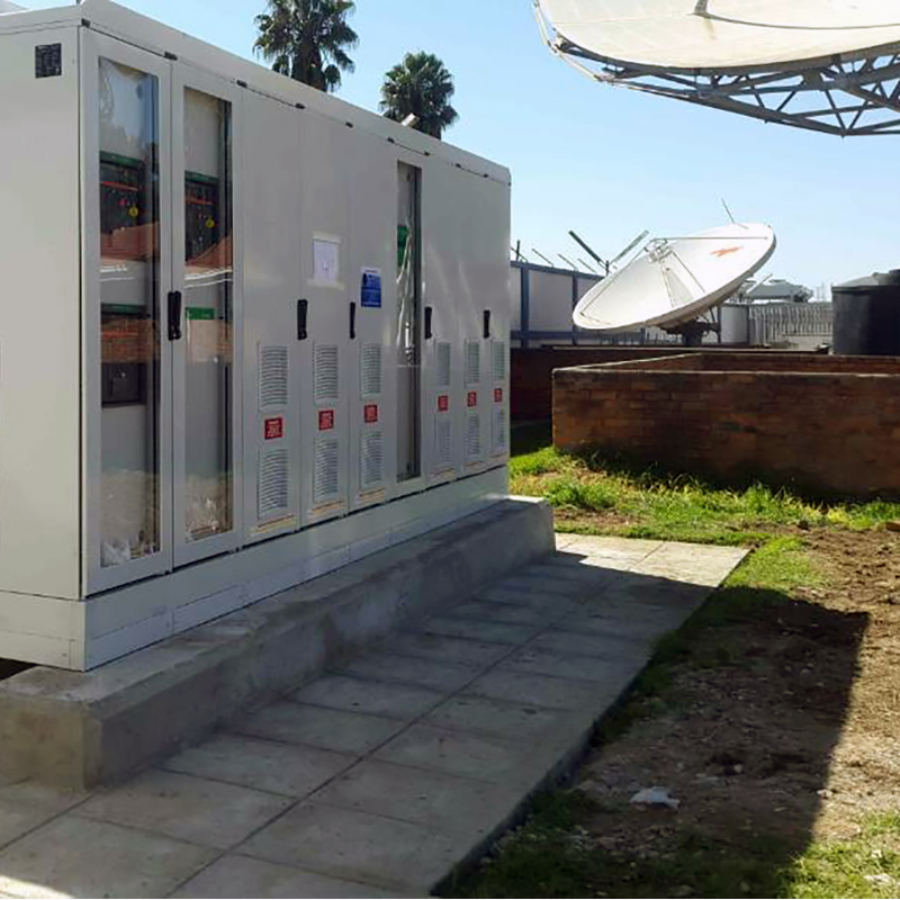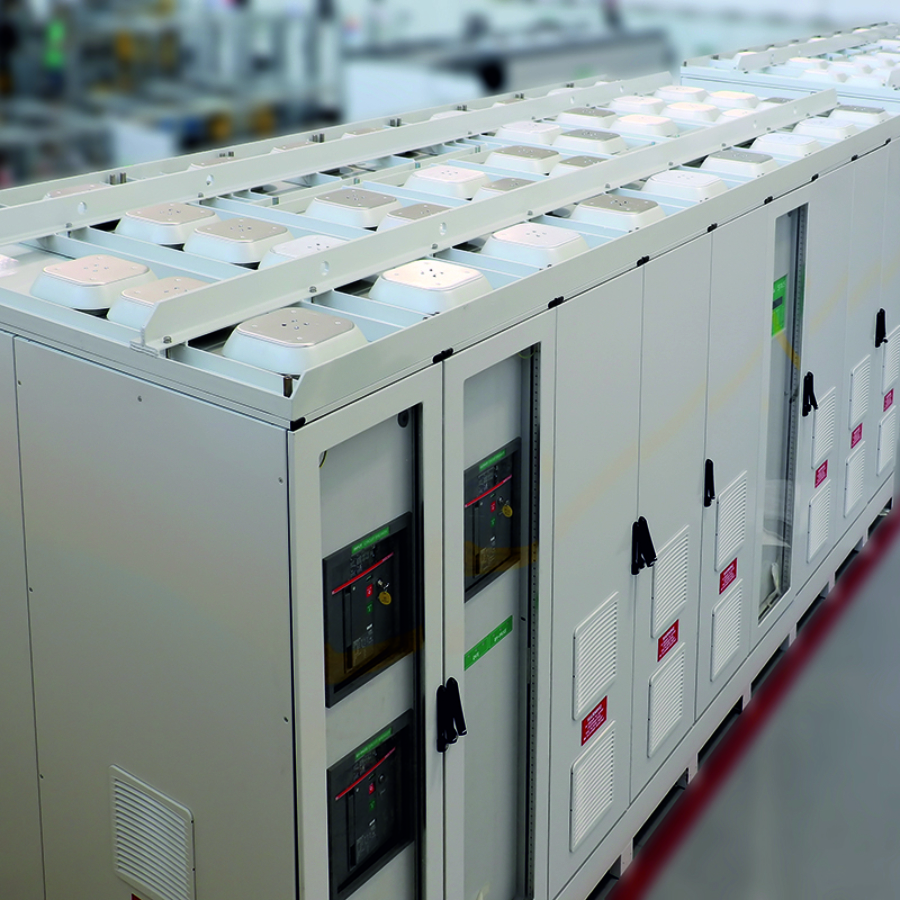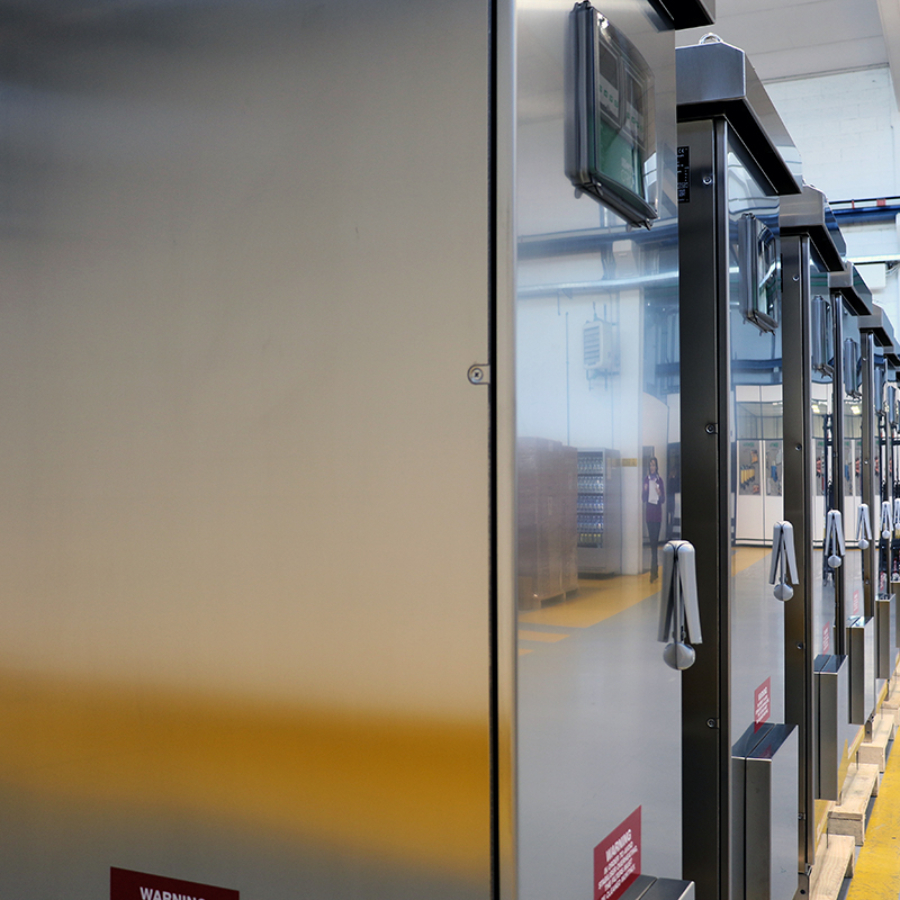Frequently asked questions and technical consultancy
Here are the main questions on solutions to voltage variations.
What is the difference between a stabiliser and a UPS?
While a UPS supplies power during outages using batteries, a stabiliser continuously corrects voltage variations, always keeping supply active with the correct voltage from the grid. The stabiliser is more efficient for voltage correction, while the UPS is necessary for complete interruptions.
Does a stabiliser also protect against lightning?
No, the stabiliser corrects voltage variations but does not provide protection against lightning strikes. For complete protection, it must be integrated with appropriate surge protection devices (SPDs).
What is the lifespan of an OrteaNext stabiliser?
OrteaNext stabilisers are designed for an operating life of over 10 years under normal usage conditions, with high manufacturing standards and “Made in Italy” certifications. Periodic maintenance can further extend system life.
Is it possible to monitor the stabiliser remotely?
Yes, through the Ortea Cloud system it is possible to monitor electrical parameters in real time, receive alarms and analyse historical data for predictive maintenance.
Why choose OrteaNext for managing voltage variations
OrteaNext, a global leader since 1969 in “Power Quality” and “Energy Efficiency”, offers a complete and integrated portfolio of solutions for power factor correction, filtering, stabilisation and optimisation of electrical systems.
The advantages of choosing OrteaNext:
- Extreme customisation: tailor-made solutions for every system
- “Made in Italy” quality: high and certified manufacturing standards
- Global presence with local support: international network of distributors and specialised technicians
- Acceleration of the energy transition: sustainable, innovative and reliable solutions
The European market for stabilisers and power quality systems is growing at an annual rate of 6–7%, confirming the increasing importance of these solutions for industrial competitiveness.










